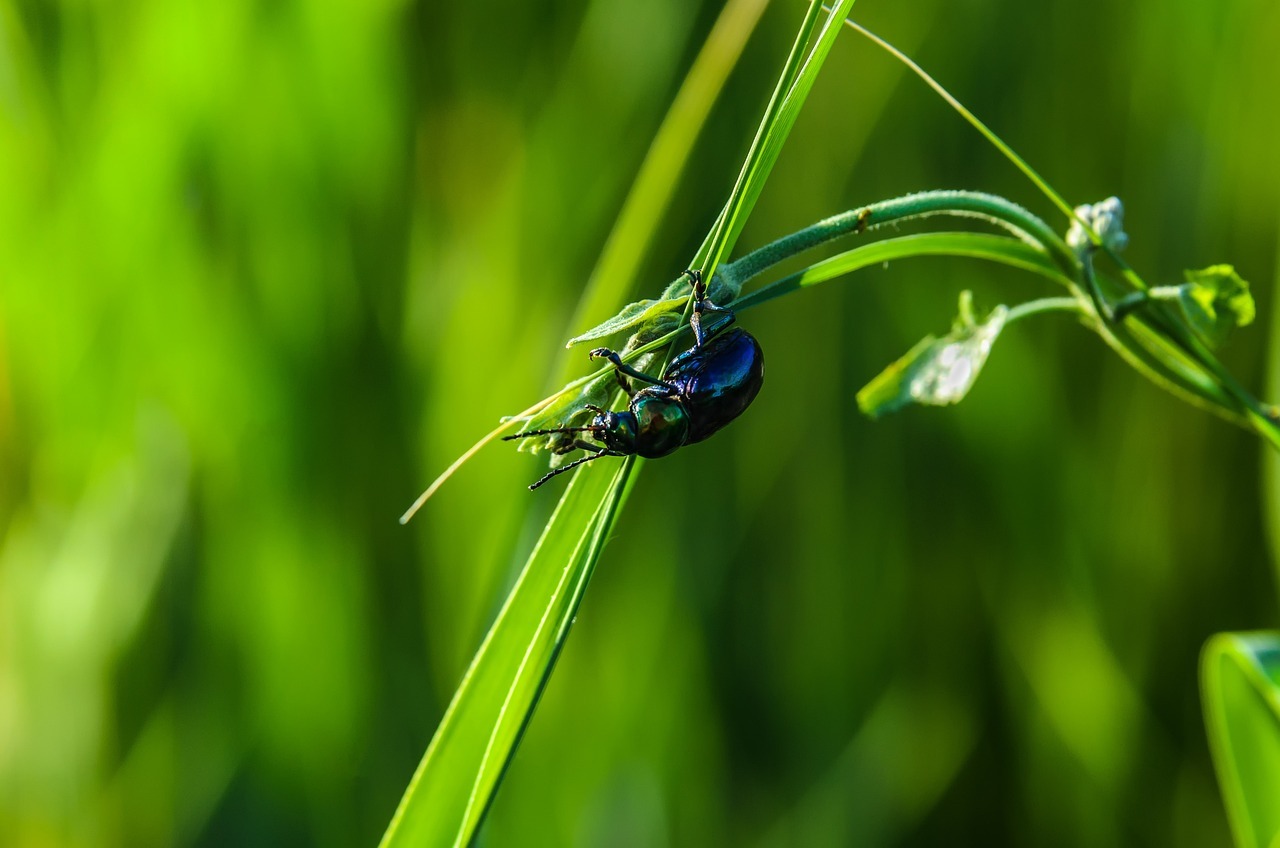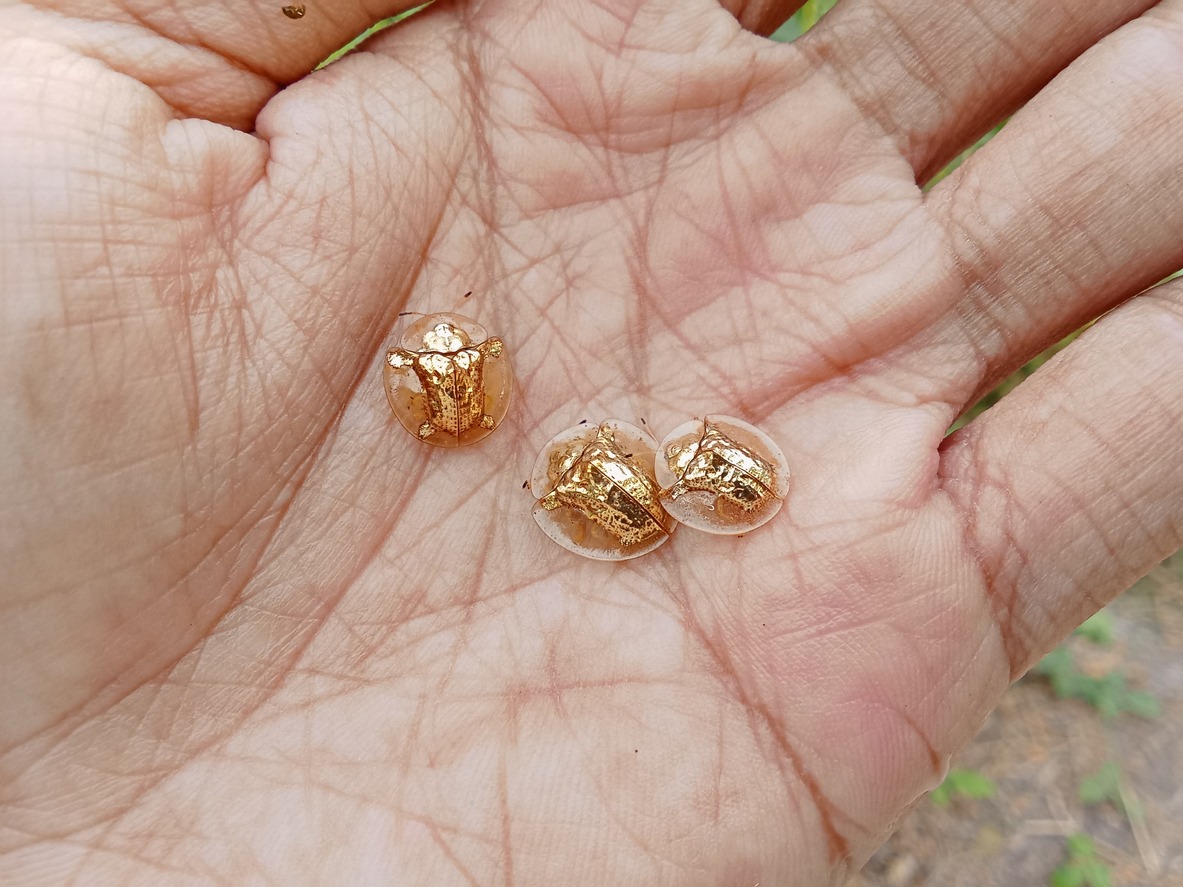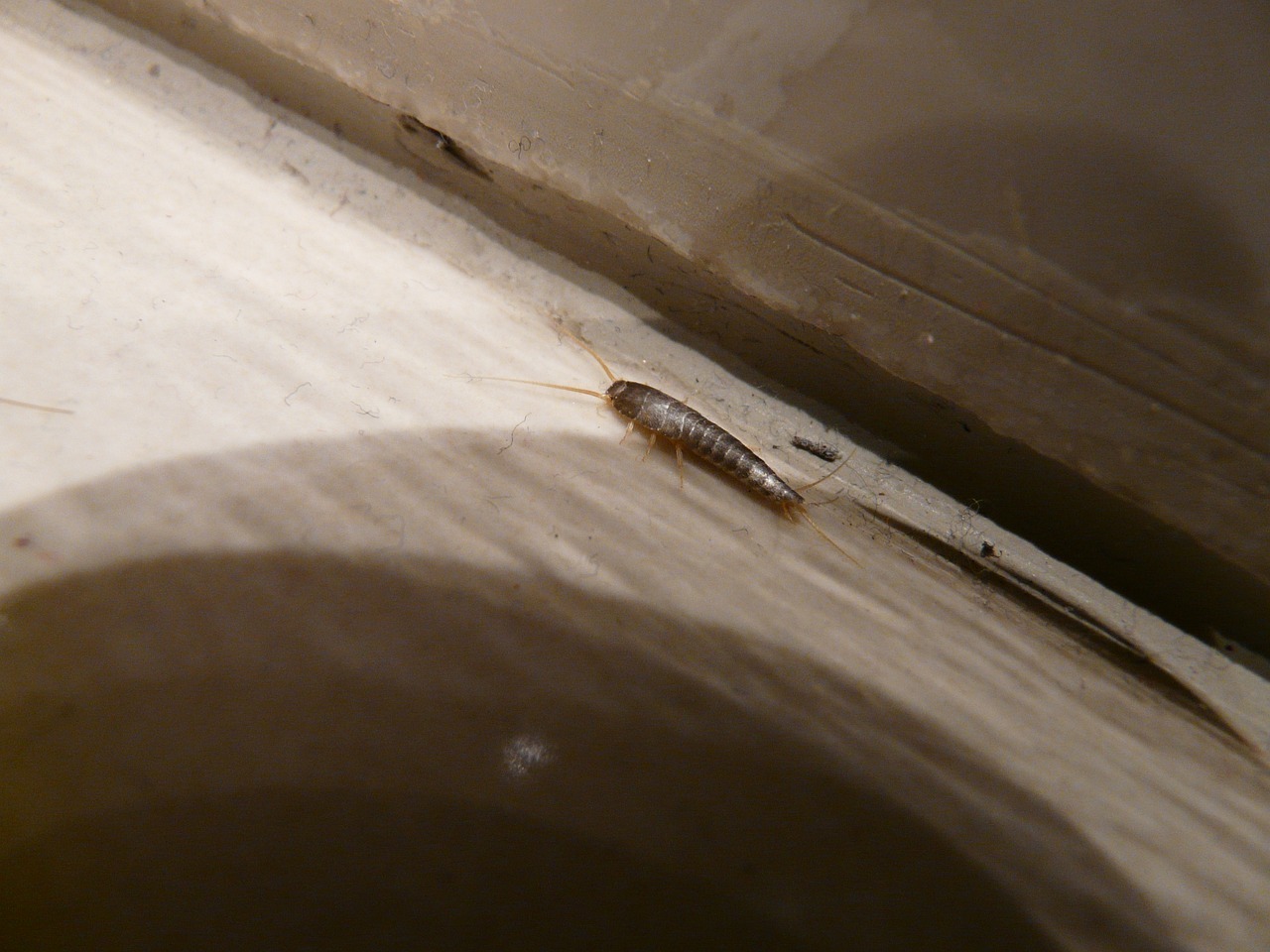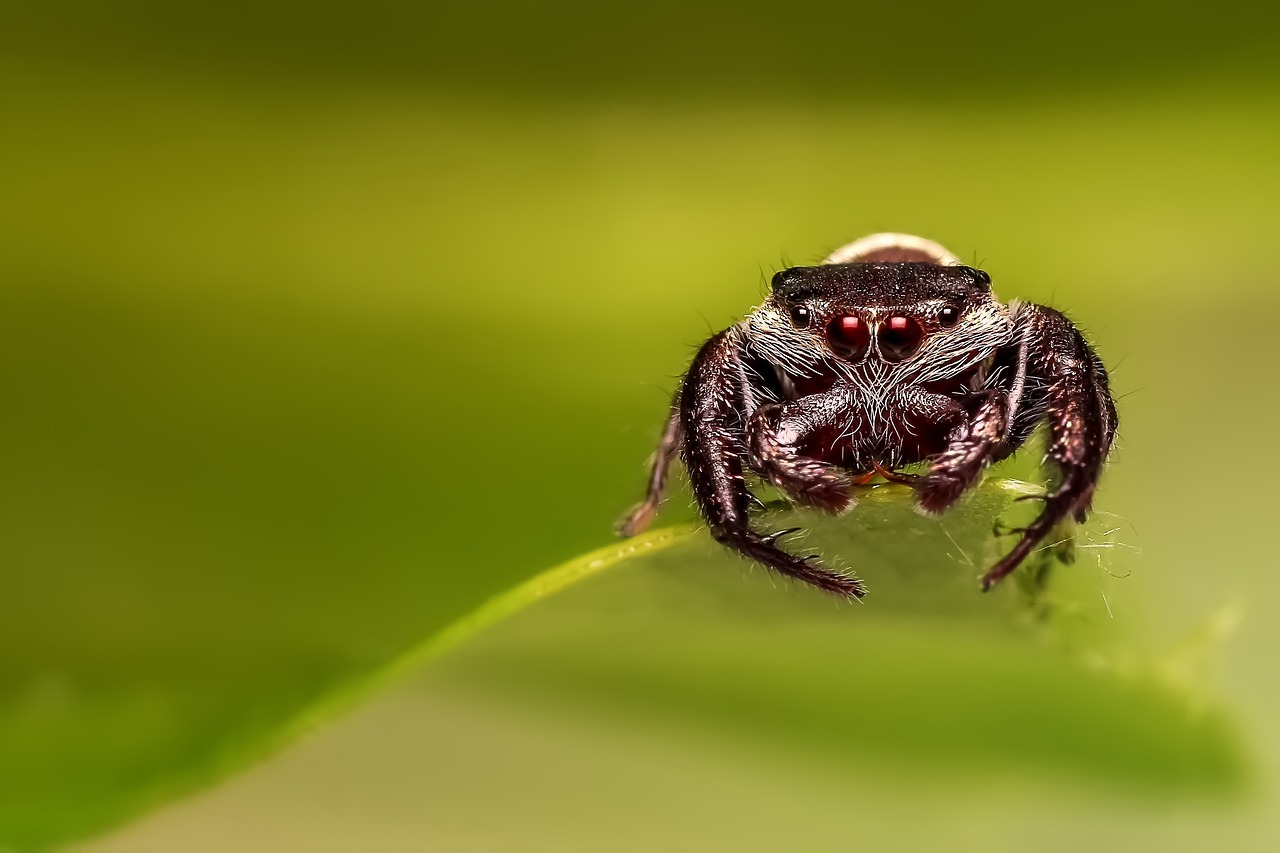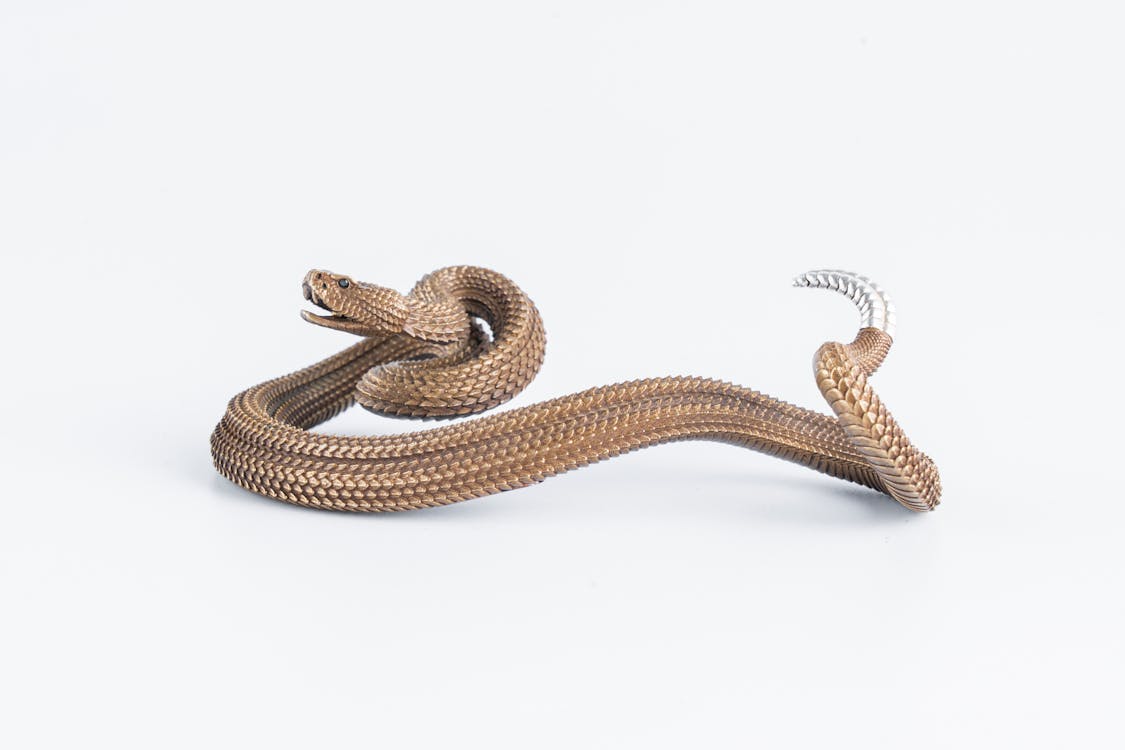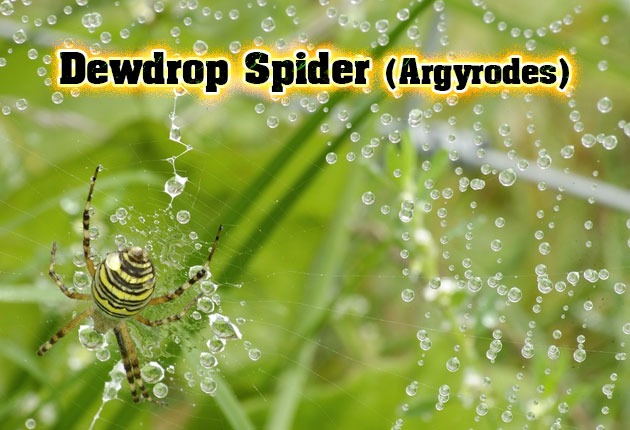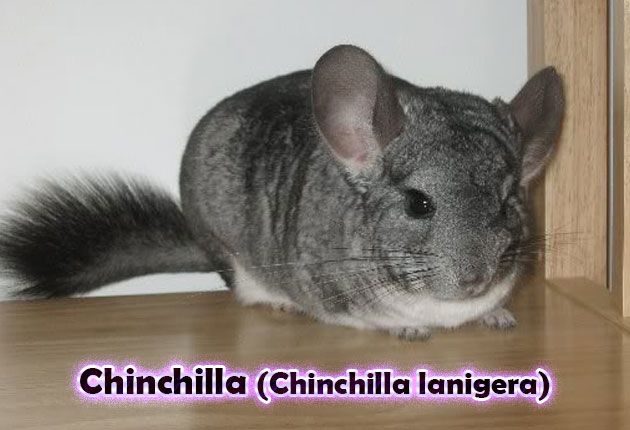All that glitters is gold (or silver), but not all gold you’ll find are minerals. You will be surprised to spot the gilded shimmer on some animals, and it is that very physical attribute which makes them especially rare.
But don’t be so easily drawn by their magnificently metallic allure! Some animals use as it as a lure to prey on their hapless victims, or maybe as a defense mechanism to ward off potential predators. Unfortunately, their shimmering presence has led some of these creatures to fall in dwindling numbers. In fact, some “golden” species are on the brink of extinction.
So while a few golden and silvery creatures can be approached or even touched, it is best just to look at them and just admire at their “natural glow,” so to speak.
1. Golden tortoise beetle (Charidotella sexpunctata and Metriona bicolor)
The golden tortoise beetle is known by other names as the goldbug or simply the golden beetle. It is native to the American continent.
You’d think that golden tortoise beetles are encrusted themselves with actual gold, but they really aren’t. They truly show off their golden iridescence in varying degrees whenever they’re dehydrating or rehydrating their double wings.
These beautiful insects even change colors by themselves and it’s fascinating to watch them do it. They may go through the color shift whenever they’re mating or when disturbed.
2. Silverfish (Lepisma saccharina)
Despite the name, the silverfish is not a fish but an insect that may be familiar to you (you may have seen them stuck between the pages of your books).
The silverfish gets its name from the silvery gray color of its scales and their rather wiggly movements that resemble those of a fish. The second part of their scientific name (saccharina) hints at the insect’s predilection towards carbohydrates like sugars and starches. That’s why book bindings, paper, starches, glues, as well as sugars, are only a few of the silverfish’s favorite food as they contain a polysaccharide, a type of carbohydrate.
Needless to say, they’re considered as pests, and there’s nothing so alluring about it.
3. Golden jumping spider
This shimmering arachnid possibly gets its name from its hunting behavior — it ambushes its prey, something that other spiders never normally do. Aside from its golden exoskeleton, the eight eyes are the golden jumping spiders’ other distinct features. These eyes help them in their navigation, mating, and hunting.
Despite its kind of predatory behavior, the golden jumping spider is otherwise harmless to man. Its bite is non-venomous and not really painful. The spider would bite a human only when really threatened; otherwise, it tends to flee from people.
4. Golden poison dart frog (Phyllobates terribilis)
There are more than one species of the golden poison frog, but the most well-known is the Phyllobates terribilis species. Native to Colombia’s Pacific coast, it is said to be the most toxic among the other poison dart frogs.
Like a lot of dart frogs, the golden poison dart frog has been useful to the indigenous tribes in Colombia, as its venom is used to soak the tips of the arrows and darts. That’s why it is sometimes called as the golden poison arrow frog.
Despite their fearsome reputation especially in the wild, golden poison dart frogs are nevertheless popular among exotic pet owners because of obvious reasons. They are usually harmless and docile, like all poison dart frogs in captivity.
5. Silver beetle (Chrysina limbata)
When there’s a golden beetle, there’s also a silver beetle. Endemic to the rainforests of Costa Rica, these awesome argent little creatures are certainly a sight to behold.
The glistening appearance may be good camouflage for these insects, as they give off an appearance of light reflecting off dew on a wet leaf.
6. Golden snakes
There are several species of golden snakes that include the golden tree snake, the Cape Cobra, and the golden cat snake. Most of these snakes live in the desert, and their metallic yellow scales help them to blend in with the desert sands and parched vegetation.
7. Dewdrop spider (Argyrodes)
They are so called as such because they look like dew drops that glisten on the web strands. However, these spiders do not weave their own webs, but would rather prefer to “visit” the webs of other spiders. They are considered as thieves in the arachnid world because they usually steal the other spiders’ prey; this type of relationship is called “kleptoparasitism.”
8. Silver snakes
Silver snakes aren’t as exotic compared to their golden counterparts. But there’s no doubt that their scales do reflect a lot under the right lighting conditions, making these shiny slitherers look alluring (if fearsome). Among the species of silver-colored snakes are the common rat snake, the brahimny blind snake, and the Conception Bank silver boa (whose numbers are now under threat).
9. Chinchilla (Chinchilla lanigera)
Native to South America, these adorable fluffy rodents come in different colors that range from white to purplish, but perhaps the most popular is the silver-gray variety. The chinchillas’ fur feels extremely soft and velvety to the touch, which makes it popular for making into garments such as coats and other accessories.
10. Silver fox (Vulpes vulpes)
These handsome foxes are the melanistic (black-pigmented) version of the red fox. When the fur is looked more closely, the “silver” is actually a combination of gray, dark brown and white — but the fur appears definitely glossy when viewed from afar.
Silver foxes have been domesticated in Russia since the 1950s mostly with the aim of “toning down” their aggressive behavior. These experiments and selective breeding resulted in much tamer foxes, exhibiting traits that had become more dog-like. However, one certain experiment led to the loss of the silver color of their fur, which had been replaced with more mottled coloration as seen in several domesticated dogs.

